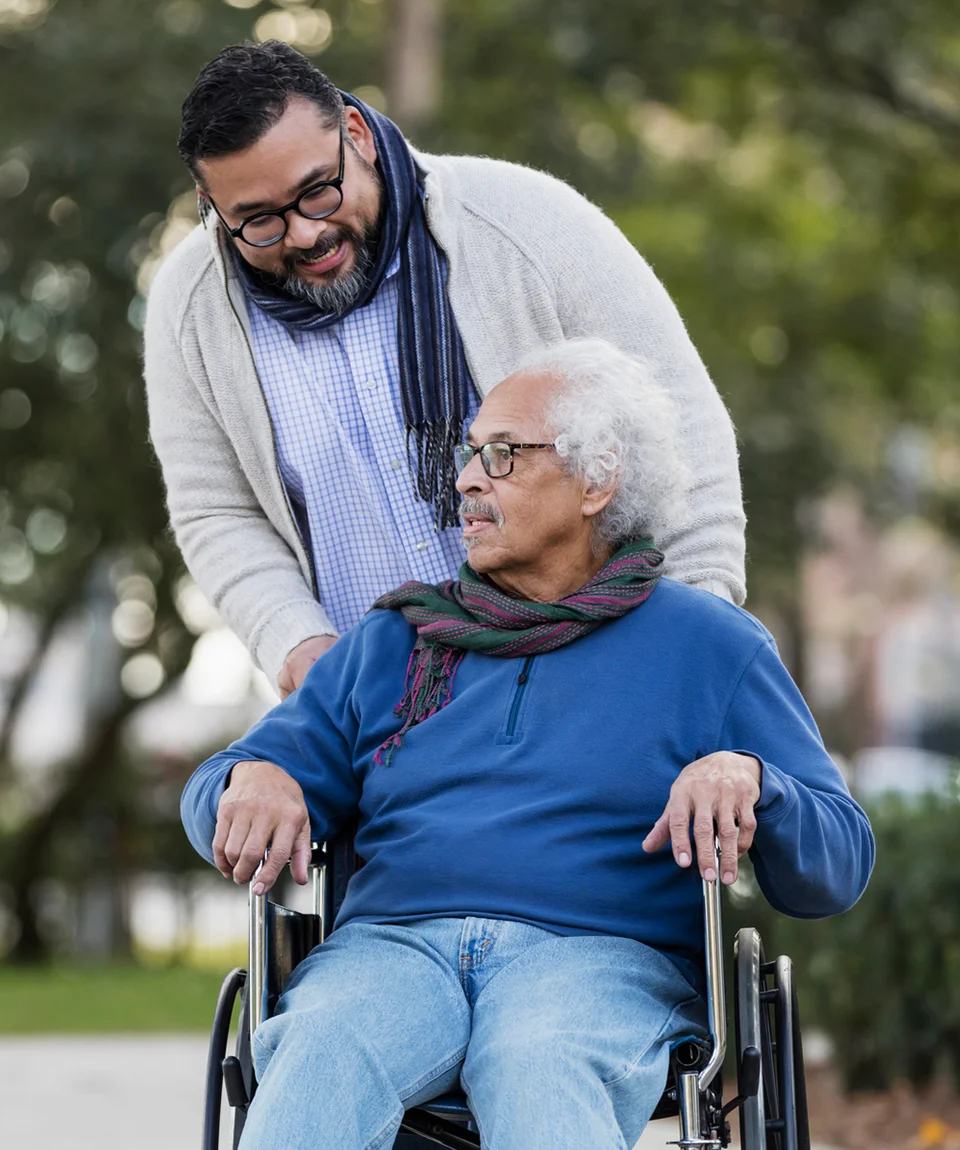What is Marfan syndrome?
Marfan syndrome is an inherited connective tissue disorder. Connective tissue is like the glue that holds your cells together. It gives substance and support to your tendons, ligaments, blood vessels, cartilage, heart valves and many other structures. If you have Marfan syndrome, your connective tissue isn't normal so many of your body's structures aren't as firm as they should be – including structures in your heart. If your heart is affected, its valves may be oversized and may not function properly, which causes some blood to flow backwards when the heart pumps. If the aorta (the body's main artery which carries oxygen-rich blood out of the heart to the rest of the body) is affected, it may enlarge or split, leaking blood into your chest or abdomen. This is known as a dissecting aortic aneurysm. Marfan syndrome is inherited.
Symptoms
Symptoms of heart valve disorders, which are common with Marfan syndrome, include:
- fatigue
- dizzy spells
- shortness of breath
- faintness
- an irregular pulse.
Diagnosis
There is no single, conclusive test for diagnosing Marfan syndrome. People with this disorder often have many characteristic traits. They are often tall and thin, with slender, tapering fingers, long arms and legs and curvature of the spine. They tend to suffer from eye and heart problems. Valve problems associated with Marfan syndrome may cause a heart murmur, which can be heard through a stethoscope. Valve disorders can be diagnosed using:
Treatment
Marfan syndrome cannot be cured, but its cardiac symptoms can be treated. Beta-blockers or other medication may be prescribed to regulate blood pressure and heart rhythms. In some cases a heart valve or part of the aorta may need to be replaced surgically.
You can lower your risk of developing other heart diseases and stroke by knowing and controlling your blood pressure, diabetes and blood cholesterol. It’s also important to lead a healthy lifestyle.
- Be smoke-free.
- Be more active.
- Aim for a healthy weight.
- Eat a healthy balanced diet – there are some specific diets you can follow that have been proven to reduce the risk of heart disease.
- Drink less alcohol.
- Manage stress.
Talk to your doctor about the lifestyle changes that will benefit you the most.
